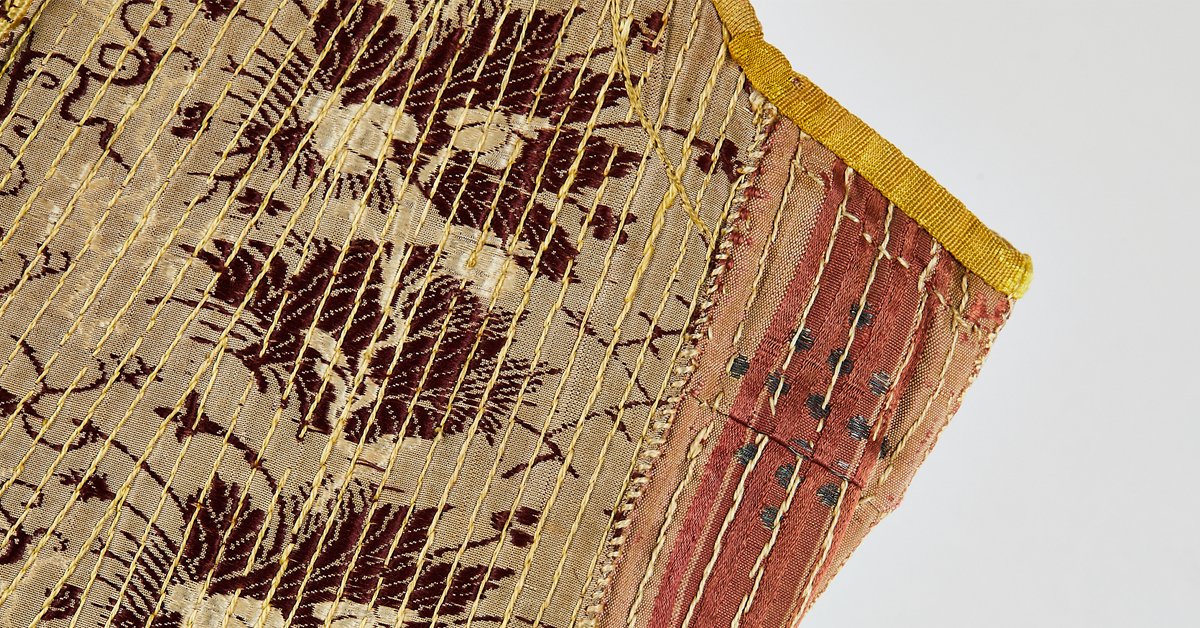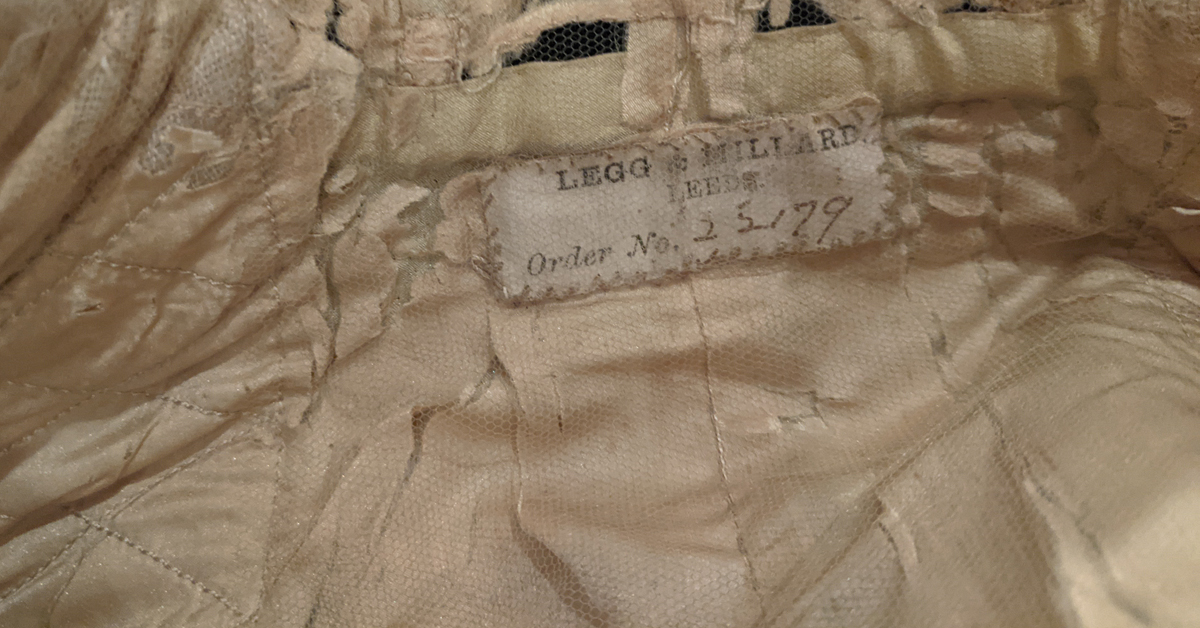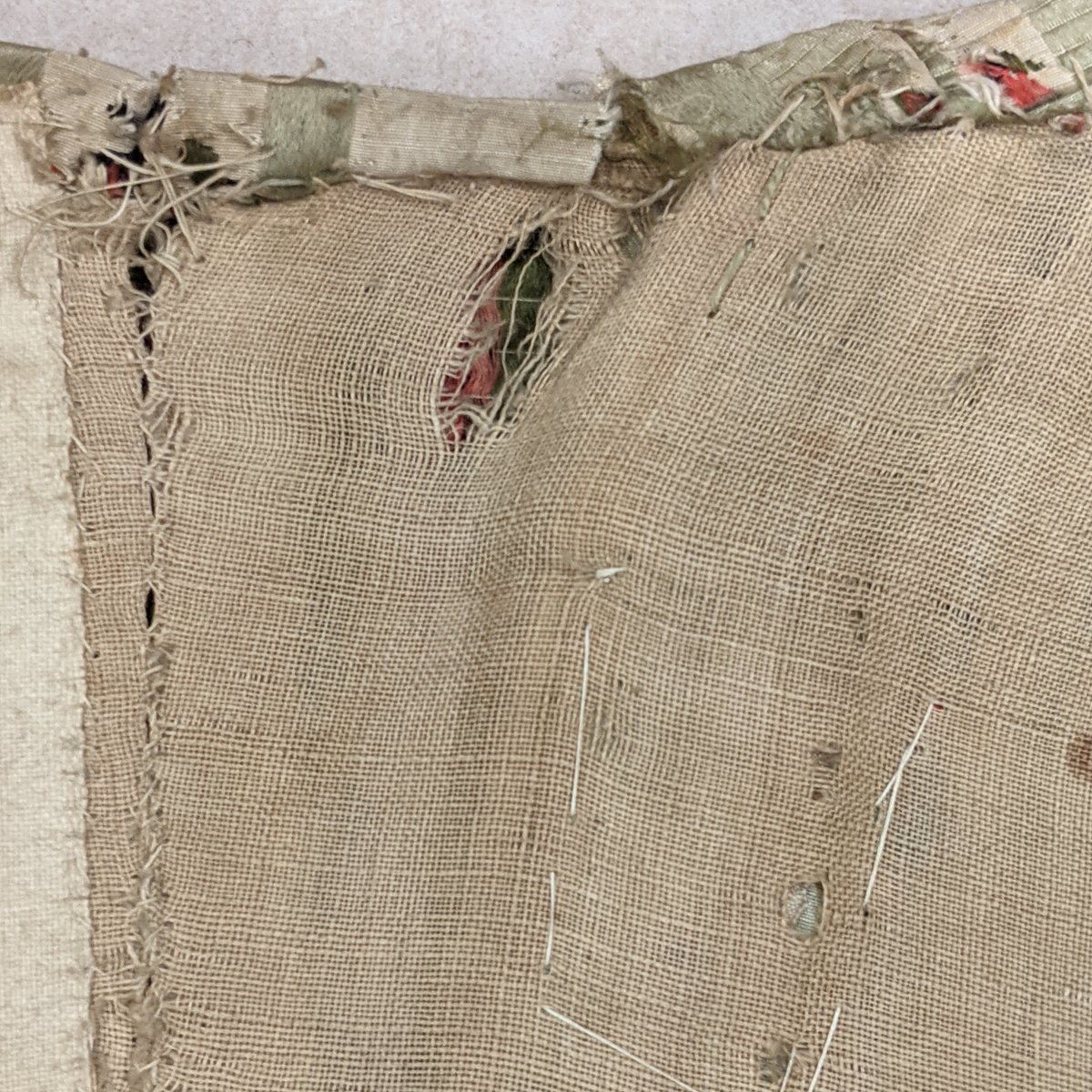Clothing from 300 years ago can seem so far removed from the clothes we wear now.
The Georgians, for example, did not wear leather shorts.
However! They mended, they upcycled, they altered - in the same way that we do today. Museums just don& #39;t often shout about it.
A thread.
The Georgians, for example, did not wear leather shorts.
However! They mended, they upcycled, they altered - in the same way that we do today. Museums just don& #39;t often shout about it.
A thread.
We all know about sustainable clothing. If we have the skills, we upcycle, we mend, we alter.
(The rest of us borrow clothes from friends, forget to give them back, and call them ‘hand me downs’).
We give them new life.
(The rest of us borrow clothes from friends, forget to give them back, and call them ‘hand me downs’).
We give them new life.
But but but
this is nothing new!
Mending tired garments has always been a thing, carried out by the vast majority of people throughout history.
this is nothing new!
Mending tired garments has always been a thing, carried out by the vast majority of people throughout history.
In the 1700s, clothes were spenny.
Spenny spenny spenny.
Around 30% of a family’s wealth was spent on only a handful of clothes.
Because of how expensive they were, clothes would be worn until the cows came home and they could no longer be repurposed or modified.
Spenny spenny spenny.
Around 30% of a family’s wealth was spent on only a handful of clothes.
Because of how expensive they were, clothes would be worn until the cows came home and they could no longer be repurposed or modified.
Many of the clothes in museum collections have these stories of upcycling and mending woven into them.
But often, the stories told about historic clothing are about the extravagant lives of the upper class people who owned them, rather than how they altered what they wore.
But often, the stories told about historic clothing are about the extravagant lives of the upper class people who owned them, rather than how they altered what they wore.
UNTIL NOW. We think the & #39;everyday mending& #39; aspect of our historic clothes is just as wow-worthy as the wealthy and extravagant story parts.
We’d love to know if you agree!
We’d love to know if you agree!
Here you can see the layers of patching and darning under the armpits of this 18th century gown where it& #39;s been damaged by sweat:
(ew)
This Legg & Millard riding habit is slightly newer - it& #39;s from the 1800s - but where the silk lining has been torn, it& #39;s now held in place by conservation work.
Instead of hiding the signs of wear, they& #39;re clearly identifiable as part of the garment& #39;s history.
Instead of hiding the signs of wear, they& #39;re clearly identifiable as part of the garment& #39;s history.
This bodice from the 1600s has had an additional side panel added (you can see the different coloured fabric on the right).
This probably means that it was cheaper to add a panel that to buy a whole new bodice.
This probably means that it was cheaper to add a panel that to buy a whole new bodice.
Another gown from the 1700s in our collection shows patching to mask a rip to the lining, and re-sewn seams:
The altering of clothes isn& #39;t just a thing that happened 300 years ago. We still do it today, in our homes and in our museums.
When we send a dress off for conservation, that adds to its story: our clothes, no matter how old, are still changing and evolving.
When we send a dress off for conservation, that adds to its story: our clothes, no matter how old, are still changing and evolving.

 Read on Twitter
Read on Twitter






